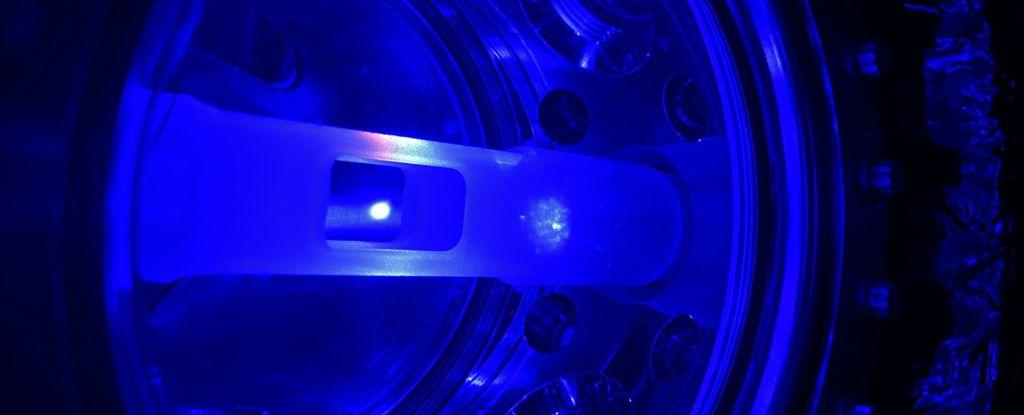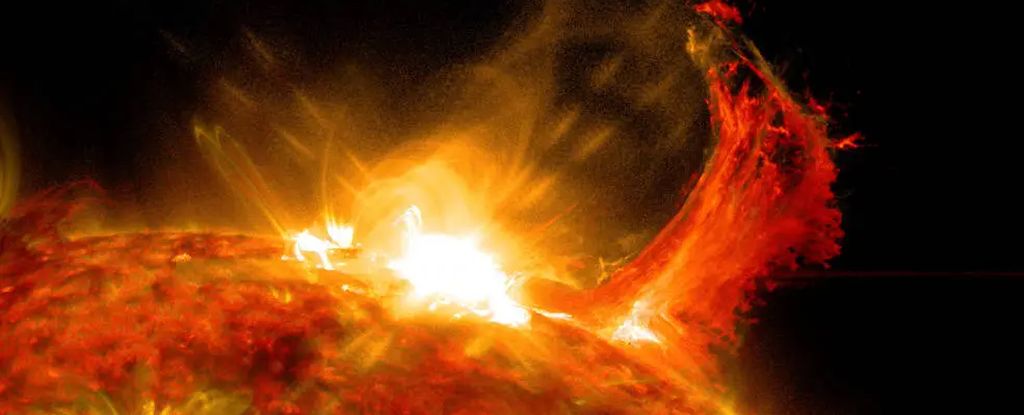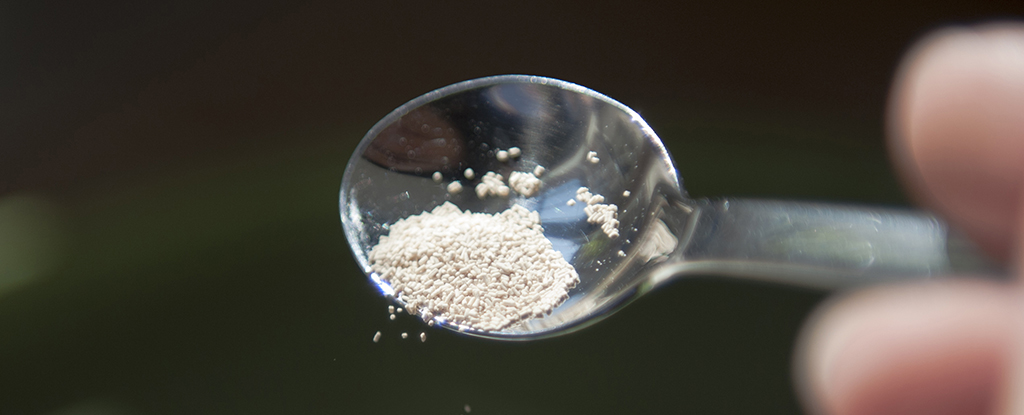Tiny ticking atoms are the metric by which we most precisely gauge the passage of time. As they hang suspended in complicated, ultracold webs of magnetism, we probe them with lasers to measure their oscillations back and forth.
The very act of measurement, though, can cause these atomic clocks to degrade. The lasers heat the atoms, and they escape into the void. A quantum phenomenon called superradiance could, physicists have found, solve this problem – making the most precise clocks on Earth even tighter.
“Because the atoms constantly need to be replaced with fresh new atoms, while new atoms are being prepared, the clock loses time ever so slightly,” explains physicist Eliot Bohr, formerly of the University of Copenhagen, now at the University of Colorado.
“Therefore, we are attempting to overcome some of the current challenges and limitations of the world’s best atomic clocks by, among other things, reusing the atoms so that they don’t need to be replaced as often.”
An atomic clock, as you can probably imagine, is a complicated machine to build. You need to get a bunch of atoms – in this case, strontium, although cesium and ytterbium are also popular choices – and subject them to certain conditions in order to trap them in place, and measure their oscillations.
The strontium atoms are produced in a hot oven, which heats up solid strontium to produce vapor. These atoms are ejected from the furnace, then slowed and cooled to the extremely cold temperature of -273 degrees Celsius, just a fraction above absolute zero, in a vacuum chamber to which the team added two mirrors, forming what’s known as an optical cavity, which only allows certain patterns of light to reflect back and forth.
“When the atoms land in the vacuum chamber, they lie completely still because it is so cold, which makes it possible to register their oscillations with the two mirrors at opposing ends of the chamber,” Bohr explains.
Now, atomic clocks are already very precise. The most accurate yet, announced just a month ago in a preprint, is a strontium clock that can run for 40 billion years without losing time.
So you might think that refining the precision is gilding the lily, but accurate timekeeping is actually extraordinarily useful, for applications such as measuring the physical world, to navigation, to tests of relativity.
So Bohr and his colleagues wanted to find a way to build an atomic clock that doesn’t lose atoms, and for this they tapped into superradiance. This is when a group of excited atoms synchronizes the separation of its charges, collectively emitting a short, intense pulse of light so neatly aligned, it can be measured with great precision.
“The mirrors cause the atoms to behave as a single unit. Collectively, they emit a powerful light signal that we can use to read out the atomic state, a crucial step for measuring time,” Bohr says.
“This method heats up the atoms minimally, so it all happens without replacing the atoms, and this has the potential to make it a more precise measurement method.”
At this point, the team’s experimental developments are in the proof of concept stage. Their work shows that it is possible; now it needs to be developed and refined to advance the field of chronometry in a new, ultra-precise direction.
“Our scheme is an innovative approach to atomic state readout characterized by its speed, simplicity, and highly directional emission of signal photons,” the researchers write in their paper.
“The immediate benefits offered by our scheme could be applied to any quantum sensor relying on the population difference readout of a quantum state.”
The research has been published in Nature Communications.





